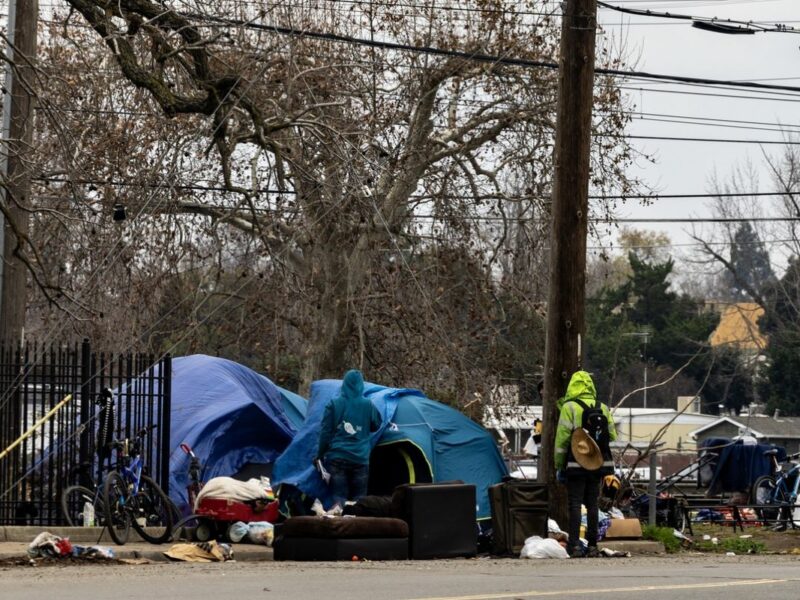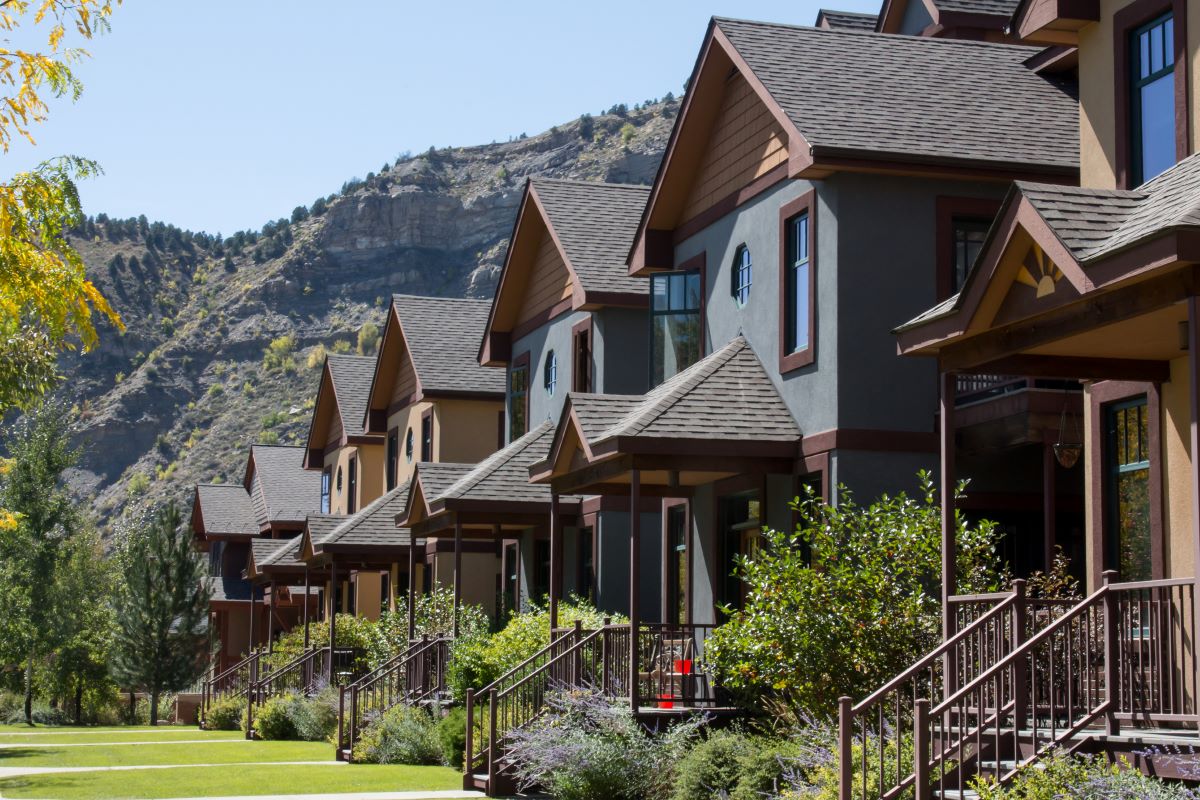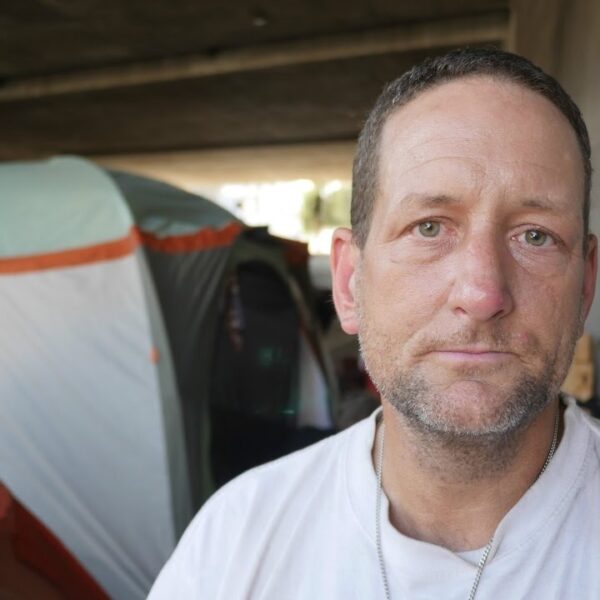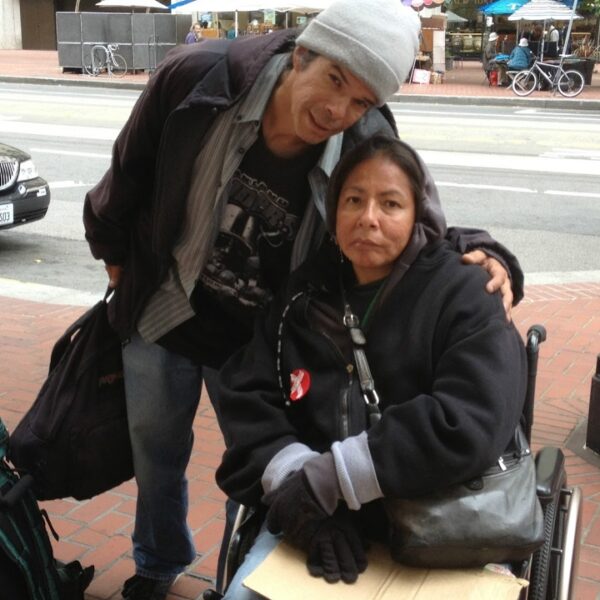The ‘Trickle-Down Housing’ Theory, in Which Homes Supposedly Become Available on the Lower End of the Housing Spectrum as People Move into Higher-Priced Homes, Does Not Work
Colorado’s model for funding affordable housing for those earning the lowest incomes requires a paradigm shift, according to a new report from the Colorado Coalition for the Homeless.
The report was published at a time when Colorado also has about $650 million of one-time American Rescue Plan funds to spend on housing and could receive approximately $300 million annually from a new housing finance program that voters approved in 2022.
That amount of dry powder could go a long way toward improving housing stability for the state’s lowest-income earners if it is spent strategically, the report found. However, it depends entirely on whether state officials change how they invest public funds in affordable housing projects.
In recent years, public funds have primarily gone toward developing what the report calls “trickle-down housing.” The concept is very similar to the “trickle-down” economic model that Ronald Reagan popularized and assumes that homes will become available on the lower end of the spectrum as people move into higher-priced homes.
While the “trickle-down” housing strategy can increase the overall supply of homes in a market, the report argues that it fails to filter enough housing units down the scale to meet demand. This is one reason why Colorado is seeing increasing rates of first-time homelessness.
“The bottom line is that trickle-down housing is not a solution for Colorado’s acute housing and homelessness crises,” the report concluded. “While it may benefit middle-income households eventually, people with the greatest, most immediate housing needs are left out.”
Colorado is one of the least affordable states for the lowest-income earners.
According to the U.S. Department of Housing and Urban Development, low-income earners are people earning between 30% and 80% of an area’s median income (AMI), as broken down below:
- Low-income households are defined as earning less than 80% of the AMI
- Very low-income households are defined as earning less than 50% of the AMI
- Extremely low-income households are defined as earning less than 30% of AMI
According to the National Low Income Housing Coalition’s 2023 Out of Reach Report, Colorado is the 8th most expensive state. Workers must earn $32.13 per hour to avoid paying more than one-third of their income on housing expenses.
For a full-time worker, that is a yearly pre-tax salary of about $66,000. For comparison, Colorado’s low-income households of one earn as little as $17,300 at the 30% AMI level and up to $62,000 at the 80% AMI level.
Colorado also has roughly 26 affordable units available for every 100 low-income households in the state, NILHC’s 2023 Gap Report shows. That means there are about four times as many low-income households as there are housing units they can afford.
The report adds that the situation will likely worsen as rents and home prices climb, leaving less affordable housing and causing more low-income households to fall into homelessness.
The Coalition estimates that the state’s rent is projected to rise to around $2,700 over the next decade. That means renters must find a job that pays $106,000 per year to afford it.
“This means that hospitality staff, food service workers, stockers and order fillers, home health aides, teachers, and others will be forced into substandard, overcrowded housing, housing in communities far from their place of work resulting in higher transportation costs or priced out of the state entirely,” the report states.
To mitigate these impacts, the report suggests state lawmakers should consider zoning reforms like prioritizing mixed-use developments or allowing gentle density with accessory dwelling units and duplexes to promote affordability. However, these projects need to target the lowest-income earners and have anti-displacement measures in place to be effective.
“While more housing is needed across the income spectrum in Colorado, utilizing precious public dollars to fund housing for households earning above the median wage of a given area will not solve Colorado’s housing and homelessness crises,” according to the report. “These funds must be spent judiciously using data-driven and research-supported strategies.”
How You Can Help
Now is not the time to be silent about homelessness in Colorado or anywhere else. Unhoused people deserve safe and sanitary housing just as much as those who can afford rent or mortgage.
Poverty and homelessness are both policy choices, not personal failures. That’s why we need you to contact your officials and tell them you support legislation that:
- Streamlines the development of affordable housing
- Reduces barriers for people experiencing homelessness to enter permanent housing
- Bolsters government response to homelessness
Together, we can end homelessness.













